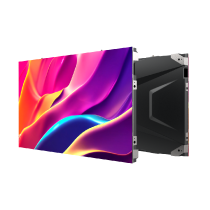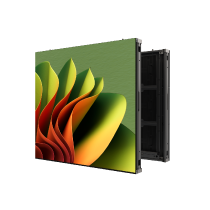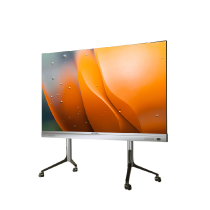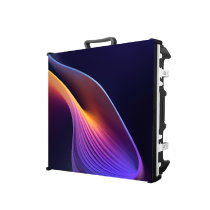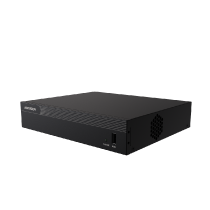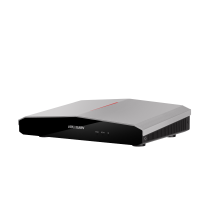From paper stacks to digital success: Paperless education improves sustainability
Spring Dale Senior School in Punjab, India, exemplifies successful sustainable classroom transformation through their comprehensive ‘Going Paperless’ initiative. The school faced escalating costs from continuous restocking of markers and paper supplies. To address these challenges, they implemented Hikvision's WonderHub interactive displays across 80 classrooms and conference rooms.
The results speak for themselves. Teachers now assign homework through integrated quiz applications while students participate via personal devices, eliminating printed worksheets entirely. Digital content gets instantly updated and shared across eco-friendly classrooms, completely removing the dependency on physical teaching materials.
More than that, the displays incorporate advanced green technologies, including PixMaster intelligent energy management, which identifies content types and adjusts image parameters such as brightness and contrast. Echo Mode further improves energy efficiency by reducing power consumption during periods of low activity. Together, these features ensure strong environmental performance without compromising visual quality.
The transformation didn't just reduce environmental impact—it enhanced educational outcomes through increased student engagement and improved curriculum responsiveness. The school now positions itself as an innovative, environmentally conscious, educational leader. One investment delivered multiple benefits: cost savings, environmental protection, and better learning experiences.
The success at Spring Dale Senior School illustrates a broader global shift toward greener education. Schools worldwide are embracing interactive displays to cut paper waste while enhancing learning outcomes. Each digital classroom is a meaningful step toward sustainable, carbon-neutral education.
Forward-thinking institutions now regard interactive displays as essential infrastructure, driving environmental responsibility and educational excellence. Explore our interactive display solutions to build smarter, greener classrooms.
